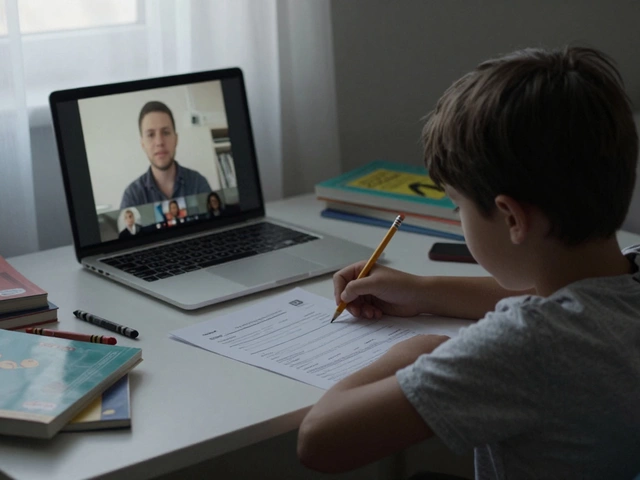Children with Disabilities: Real Help for Real Life
Got a child who learns or moves a bit differently? You’re not alone, and there are straightforward ways to make everyday easier. Whether it’s autism, ADHD, or a physical challenge, the right info can turn confusion into confidence.
Understanding Common Disabilities
First, know what you’re dealing with. Autism often shows up as strong interests, repetitive actions, or sensitivity to sound. ADHD usually means trouble sitting still, impulsive choices, and short attention spans. Physical conditions like cerebral palsy affect muscle control, making simple tasks feel hard. Each condition has its own signals, but the goal is the same: help the child feel safe and capable.
Watch for patterns. Does your child avoid noisy rooms? That could be sensory overload. Do they jump from one activity to another without finishing? That might be hyperactivity. Spotting these signs early gives you a chance to adapt the environment before frustration builds.
Practical Tips for Parents and Teachers
1. Create Predictable Routines. Kids with disabilities thrive on knowing what comes next. Use visual schedules or simple checklists to map out the day. A picture of a toothbrush, a snack, and a homework slot can calm anxiety.
2. Break Tasks Into Small Steps. Instead of asking a child to “clean the room,” guide them: first pick up toys, then put books on the shelf, then make the bed. Celebrate each mini‑win; it builds confidence.
3. Use Clear, Direct Language. Short sentences work best. Say, “Sit down for story time,” rather than a long explanation. Pair words with gestures or pictures when possible.
4. Adjust the Sensory Environment. Dim lights, soft fabrics, or noise‑blocking headphones can make a noisy classroom bearable. If a child gets overwhelmed, give them a quiet corner to regroup.
5. Involve the Child in Decision‑Making. Let them choose between two shirt colors or pick a snack. When they have a say, they feel respected and more willing to cooperate.
6. Collaborate With Professionals. Speech therapists, occupational therapists, and special‑education teachers bring tools that fit each child’s needs. Regular check‑ins keep strategies fresh and effective.
7. Encourage Social Interaction. Pair the child with a buddy for group work or playtime. Structured activities like board games teach turn‑taking and communication without pressure.
8. Stay Positive. Focus on strengths, not just challenges. Many children with disabilities excel in creativity, memory, or problem‑solving. Highlight those talents daily.
Remember, flexibility is key. What works today might need tweaking tomorrow, and that’s okay. Keep an open mind, ask the child what helps, and adjust as needed.
By understanding the basics and applying these simple steps, you can turn a confusing situation into a routine that supports growth. The child’s world becomes a bit brighter, and you’ll feel more in control too.






